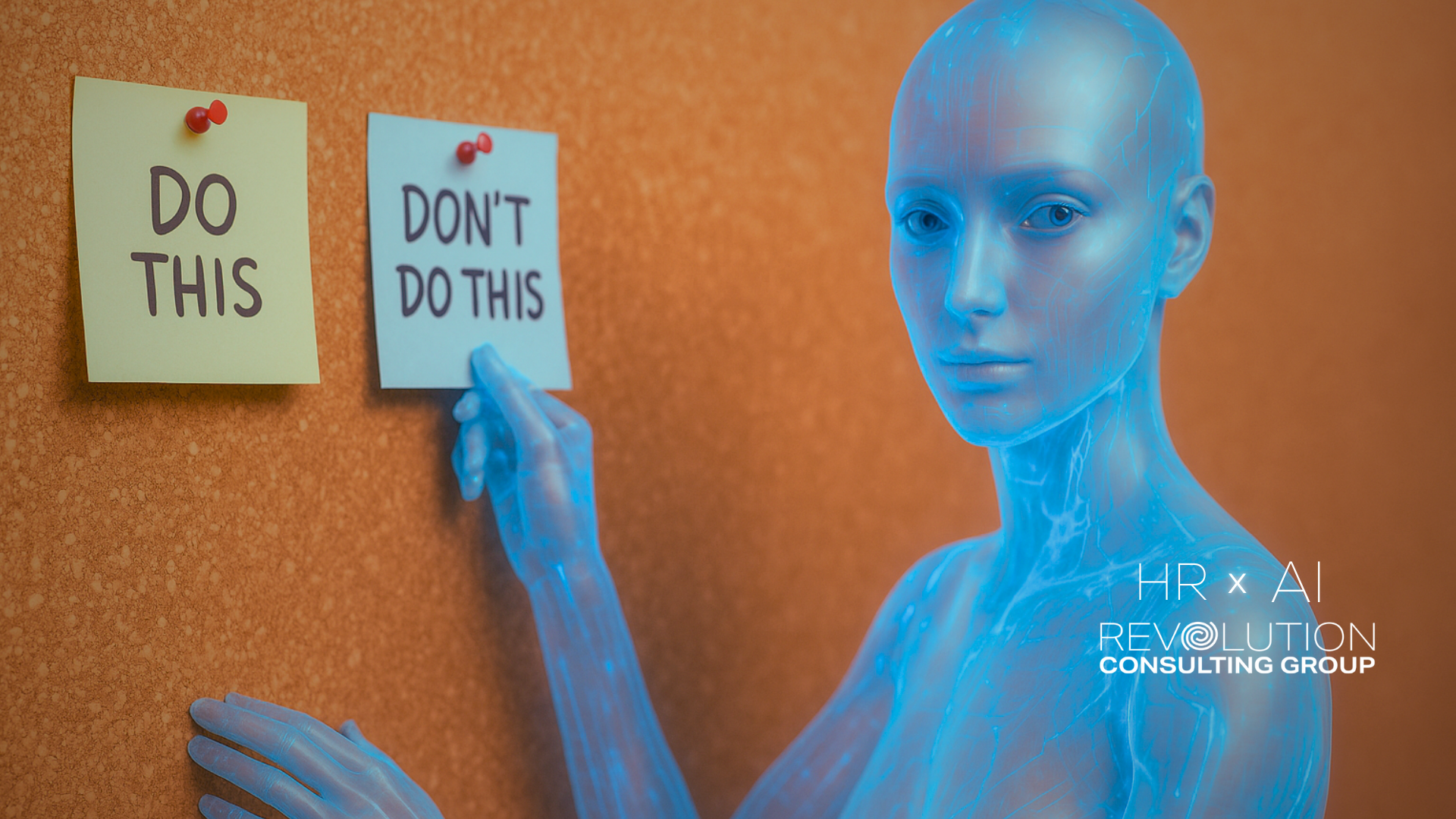New Sexual Harassment Laws: What SME Employers Need to Know
Introduction
In a significant shift for businesses of all sizes, recent legislative changes are raising the stakes for sexual harassment cases. The Australian Human Rights Commission Amendment (Costs Protection) Bill means employers, even those who do everything right, could now be liable for a claimant's legal costs in sexual harassment claims. This change is crucial for small and medium businesses (SMEs), where resources can be tight, and legal costs might pose a more significant risk.
Let’s break down what this means and, more importantly, what you can do to protect your business.
The Changes in a Nutshell
The new Bill shifts the balance in sexual harassment claims. Previously, an employer might only face legal costs if they lost the case. Under the new law, if a claimant wins even one part of their claim, the employer could be responsible for covering all of the claimant’s legal costs. On top of that, it’s now much harder for employers to recover their legal expenses, even if they successfully defend the case.
For SMEs, this makes the need for prevention even more critical. Facing the costs of defending a claim is one thing—but being liable for the claimant’s costs too could have a huge impact on your bottom line
Why SME's Aren't Exempt
It’s easy to think that small businesses might fly under the radar, but that’s not the case. Whether you have two employees or 200, these laws apply. And with more incentives for claimants to bring cases, it’s vital that businesses of all sizes, including SMEs, are proactive in creating a safe and respectful work environment.
Proactive Steps to Take
- Training and Education: All employees, from the top down, need to understand what constitutes sexual harassment and what is expected in the workplace. Regular training sessions can go a long way in preventing issues from arising.
- Clear Policies: Make sure you have robust, accessible policies in place that clearly outline what constitutes harassment, how to report it, and the consequences. These shouldn’t be hidden away in a handbook no one reads—ensure they’re front and centre in your company’s culture.
- Complaint Procedures: Have clear mechanisms in place for handling complaints. These should be easy to follow and, where possible, allow for legal oversight to ensure proper management.
The 'Positive Duty' Explained
On top of these new cost liabilities, the positive duty introduced in 2022 requires all businesses to take "reasonable and proportionate measures" to eliminate sexual harassment. This is not just a box-ticking exercise; employers need to actively assess risks, prevent misconduct, and support a respectful culture.
The Positive Duty isn't just about responding to harassment—it's about preventing it before it starts. This means leadership teams must set the tone, workplace cultures need to encourage reporting, and regular evaluations of potential risks must take place. SMEs, just like larger companies, are required to comply, and failure to do so could lead to investigations by the Australian Human Rights Commission.
Takeaways for SME's
While these changes might feel overwhelming, the key is to be proactive. Prevention is always better than cure, and in this case, it could save your business from significant legal costs and reputational damage. Here’s what you can do right now:
- Conduct Regular Risk Assessments: Identify areas in your workplace that could pose risks for harassment or discrimination and address them immediately.
- Update Training Programs: Ensure your employees know what’s expected of them and provide regular, engaging training—not just one-off tick-the-box sessions.
- Review Your Policies: Make sure your sexual harassment policies are clear, accessible, and actually used. They need to be living documents that employees can refer to easily.
- Stay Informed: Keep an eye on legislation updates and ensure your business remains compliant. Regular consultations with HR professionals can help with this.
Remember, SMEs are not exempt from these changes. But with the right strategies in place, you can protect your business, support your employees, and create a positive workplace environment that helps prevent harassment in the first place.
By taking these steps, you not only protect your bottom line but also foster a culture of respect, trust, and safety that benefits everyone involved.
Need more help?
Here are the ways we can help you:
- Click here to book a FREE 30 minute consultation to discuss how to get more out of your hybrid working arrangements.
- Click here to join our mailing list to get more tips, advice and updates on all things related to your people practices.
- Click here to book a HR Health Check to ensure your People practices are efficient, effective and compliant.







READY TO GET THINGS DONE?
Revolution Consulting Group is your Dedicated HR Partner




